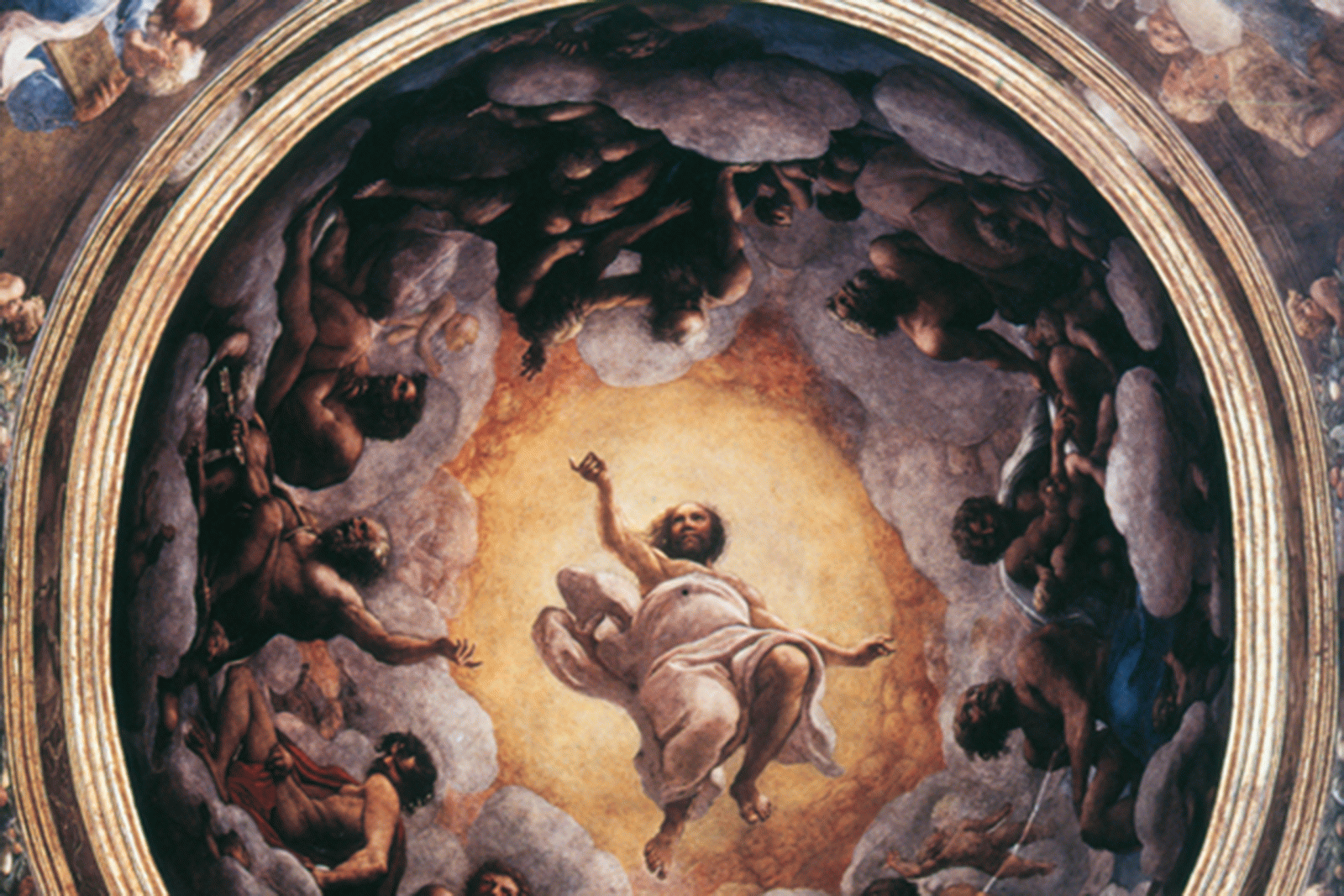International conference
The Network of Cassinese Arts in Mediterranean Renaissance Italy
organized by Alessandro Nova and Giancarla Periti

From the late fifteenth to the mid sixteenth century, an impressive corpus of architecture, sculpture, and painting was created to embellish monastic sites affiliated with the Benedictine Cassinese Congregation of Italy. A religious order of humanistically trained monks whose mobility among the network of Cassinese monasteries was paramount to their spiritual reformed agenda, the Cassinese fruitfully engaged with the most eminent artists and architects of the early modern period, supporting the production of imagery and architecture that was often highly experimental in nature. The Cassinese Congregation constituted a spiritual infrastructure that spread across the northern, central and southern regions of Italy, through which not only monks but also works and models circulated, intersected, and interacted. The mobility and flow of artists, materials, and motifs tied together the reformed religious communities affiliated with the Cassinese Congregation and simultaneously connected an antique with a modern Christian artistic corpus. This system resulted in a virtual continuum linking works of architecture, sculpture, and painting, including the Byzantine church of San Vitale in Ravenna, the Norman cloister of Monreale (Palermo), and Raphael's Sistine Madonna in Piacenza.
Scholarship has presented the Cassinese monks principally as learned patrons of ambitious but locally-inflected works created by credited Renaissance masters. But such an approach has obscured the fact that these modern instances of Cassinese Christian arts existed within a larger cultural network and coexisted with others of differing value, including the management of late antique buildings, the preservation of Byzantine mosaics, and the custody of poorly made votive images in popular shrines. Not only did these lesser-known episodes assure the survival of late antique arts, and artifacts of limited aesthetic appeal, but they also provided occasions for Renaissance masters active in Cassinese communities to confront alternative forms of antiquity in a dialogue among the arts for the reinvention of a modern Christianized art.
We thank the Istituto degli Innocenti for the collaboration.
Downloads
Partners
In cooperation with
16 March 2017 – 17 February 2018, 6:49am
Istituto degli Innocenti
Sala Brunelleschi
Piazza della Santissima Annunziata
50121 Firenze
18 March 2017, 10:00am
Kunsthistorisches Institut in Florenz
Max-Planck-Institut
Palazzo Grifoni Budini Gattai
Via dei Servi 51
50122 Firenze
Notice
This event will be documented photographically and/or recorded on video. Please let us know if you do not agree with the Kunsthistorisches Institut in Florenz using images in which you might be recognizable for event documentation and public relation purposes (e.g. social media).


